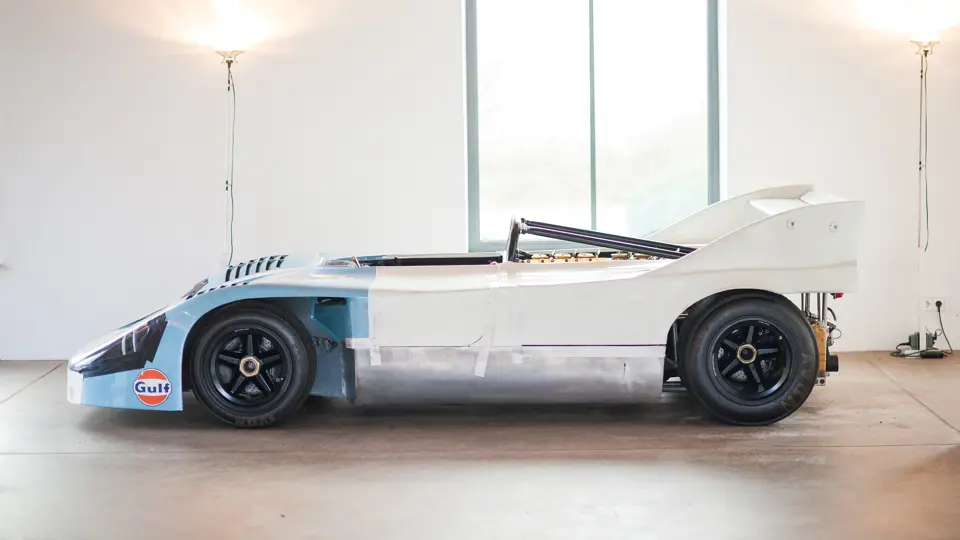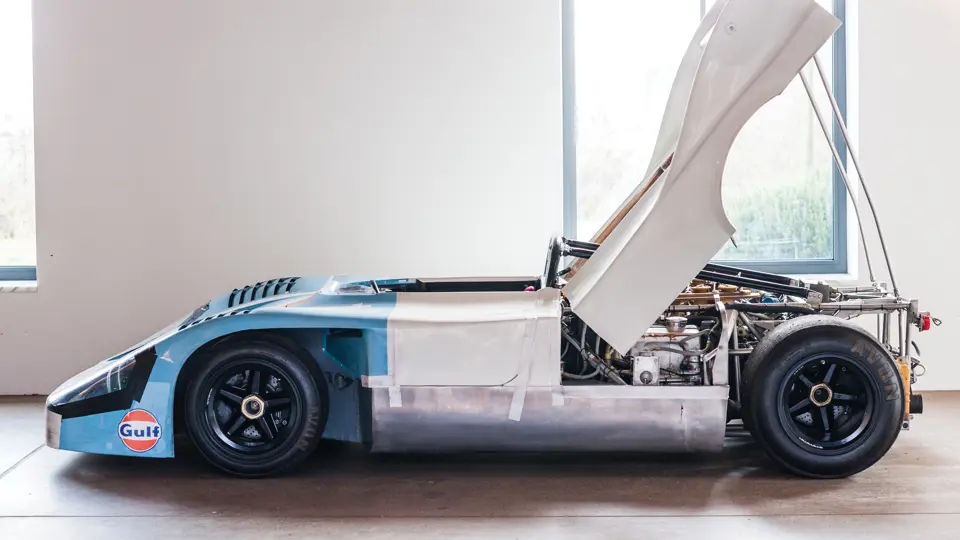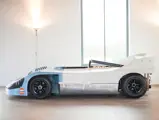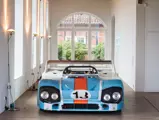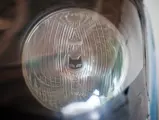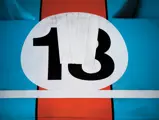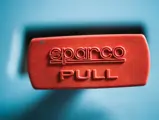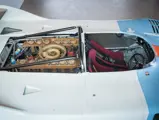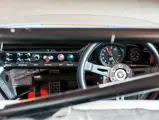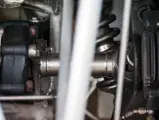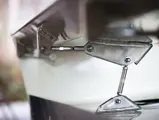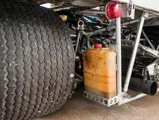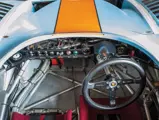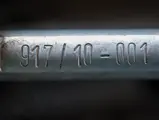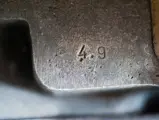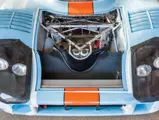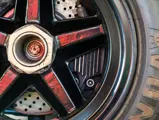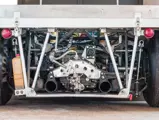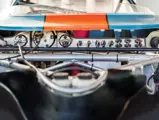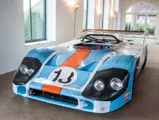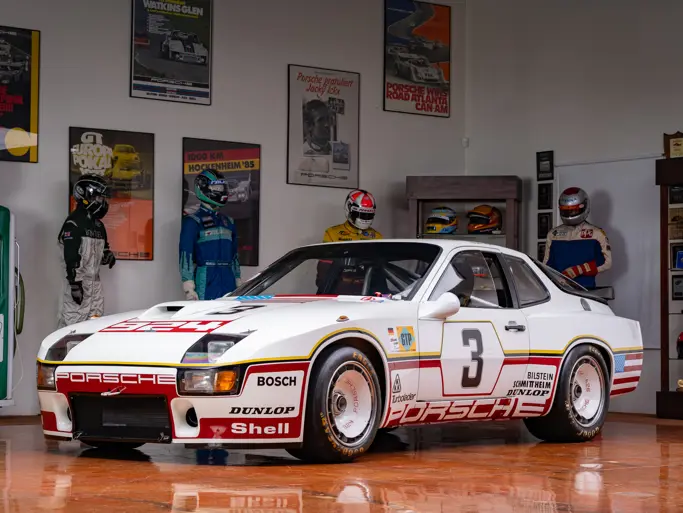
1970 Porsche 917/10 Prototype
{{lr.item.text}}
€4,600,000 - €5,500,000 EUR | Not Sold
{{bidding.lot.reserveStatusFormatted}}
- The first 917 Can Am Spyder
- First of only thirteen 917/10 chassis constructed
- The only 917 of all variants with chassis number ‘001’ in private ownership
- Factory test and development chassis
- Notable competition history
- Only four private owners from new with single ownership between 1972 and 2008
- Comprehensively documented with period Wagen Pass and current FIA HTP
- La première 917 Can-Am Spyder
- Premier de seulement 13 châssis 917/10 produits
- La seule 917, toutes versions confondues, dotée d'un châssis "n°001" entre des mains privées
- Riche historique en compétition
- Seulement quatre propriétaires privés depuis l'origine, dont un seul entre 1972 et 2008
- Documentation complète avec "Wagenpass" d'époque et PTH FIA actuel
600+ bhp, 4,998 cc DOHC air-cooled horizontally opposed 12-cylinder engine with Bosch mechanical fuel injection, five-speed manual transaxle with limited-slip, front and rear independent suspension, and front and rear ventilated disc brakes. Wheelbase: 2,300 mm
Douze-cylindres à plat, 4 998 cm3, + de 600 ch, injection mécanique Bosch, transmission manuelle cinq rapports transaxle, suspension avant et arrière indépendante, freins à disques ventilés sur les quatre roues. Empattement 2 300 mm.
The Porsche 917 has been called the ‘greatest racing car of the 20th century’, and small wonder: its various iterations proved successful in the World Manufacturers’ Championship—giving Porsche its first overall victory at Le Mans—and led to eventual domination of the Canadian-American Challenge series.
Offered here is the prototype 917/10 Spyder. It is impossible to overstate the role this chassis played in helping Porsche capture the 1972 Can Am Driver’s Championship.
Chassis number 917/10-001 was completed on 3 December 1970 and, like the 917 PA, closely resembled the 908/3. In early 1971, this prototype began wind-tunnel development at Porsche’s Weissach R&D facility and ran up countless test miles—including 23 consecutive days on the Weissach skidpad. A 16-month on-track testing program saw such top-level drivers as Willi Kauhsen, Jo Siffert, Mark Donohue, and the factory’s chief test pilot, Herrman Mimler, recording laps at Weissach, Hockenheim, and the Nürburgring. This chassis also served as the test-bed for the turbocharged flat-12s that would come to dominate Group 7 Prototype racing. During that period, the car was fitted with many different engine configurations, including a 4.5-litre Turbo, a 5-litre naturally aspirated to a 5-litre Turbo.
In the course of its wind-tunnel testing, 917/10-001 was fitted with five different body designs. The first was eventually installed on Jo Siffert’s 917/10-002, the STP-backed Spyder that he drove in the 1971 Can Am series. The second configuration was with louvers over the front wheels, very angular design, the third one became the ‘customer-spec’ body with a rounded nose and short rear wing overhang, and the fourth was the very effective ‘shovel-nose’ with an extended rear wing. After the 1971 Le Mans race, another configuration was with the nose of the #18 Gulf-sponsored Rodriguez/Oliver 917 langheck coupé that was fitted to this chassis for additional wind-tunnel experiments.
In October of 1972, this chassis was completely rebuilt and sold to Willi Kauhsen. Kauhsen fitted 917/10-001 with a ‘customer-spec’ nose section and entered it in the Hockenheim Interserie, where he finished 2nd. Then, after installing a new ‘shovel’ nose, Kauhsen brought 917/10-001 to America for the Laguna Seca Can Am race but retired with a blown turbo. At Riverside, Kauhsen finished 8th after running out of fuel late in the race. The Fittipaldi brothers then invited Kauhsen to bring the car to South America that December to run the first two rounds of the Coppa Brazil, a four-race series organized by Antonio Carlos Avallone at the Interlagos circuit. Kauhsen won the first race but retired from the second a week later.
For the 1973 season, Kauhsen bought a brand-new car, 917/10-015, and put both cars to use. When racing 015, he would rent out 917/10-001 to other drivers. In May 1973, the car appeared at Imola, where it was entered by Bobby Rinzler, who put Charlie Kemp behind the wheel. After a strong start, the car did not finish. Next came Silverstone, where Gunther Stekkonig scored a good 6th-place result. In June, Kauhsen finished 4th at the Norisring. Another trip to the United States saw Kauhsen enter the Mid-Ohio round of the Can Am Championship (retired) and then bring 917/10-001 back to Europe for Hockenheim’s Interserie races, where Wilson Fittipaldi practiced in 917/10-001 but raced chassis 015. Driving 917/10-001, Kauhsen finished 6th in the first contest and won the second, earning a combined 4th overall.
Kauhsen then parked 917/10-001 until the following June, when it was entered in the Nürburgring 300 KM for Emerson Fittipaldi, who wanted to gain more track experience at the ‘Ring’ prior to the German Grand Prix. Although Fittipaldi qualified on pole, he fell back to 6th by the end of the race, which ran in poor weather conditions. At season’s end, Kauhsen retired 917/10-001 and put it into storage, where it remained until 1997. A two-year restoration subsequently brought the car back to its yellow and red Bosch livery.
Beginning in 2000, Kauhsen demonstrated this iconic machine at numerous historic racing events, including Goodwood, the Nürburgring, Daytona, and Brands Hatch. It was also displayed at the Stavelot Museum at Spa. Although it was offered for sale in 2006, it did not change hands until 2008, when Dr Ulrich Schumacher acquired it. Schumacher demonstrated 917/10-001 frequently at Hockenheim, Goodwood, and at Austria’s Ennstal Classic, where former Ferrari Grand Prix driver Gerhard Berger took the wheel. It was sold again in 2012, and its new owner displayed the car at the St. Raphael Concours d’Elegance, where it was selected ‘Best Race Car’. Chassis 917/10-001 then underwent another full restoration, completed in late 2014. It was then refinished in Gulf Oil livery and with the guidance of former factory racing driver Jürgen Barth, fitted with a normally aspirated, 5-litre, 12-cylinder boxer racing engine number 917-089, good for an estimated 630 brake horsepower at 8,300 rpm.
Today, this unique and wonderful Spyder is presented as a ‘point-in-time’ restoration, replicating 917/10-001’s return to the Weissach wind tunnel in 1971. It retains its original tube frame and is fitted with the #18 Gulf-liveried Le Mans nose. The yellow Bosch livery Shovel-nose and matching rear bonnet are coming with the car. Further, it is supplied with two larger folios containing historical photographs and copies of magazine articles and other material from the Kauhsen archive, its ONS Wagenpass, a comprehensive report by Jürgen Barth, and a current FIA Historic Technical Passport.
With a known history from new, this important Porsche 917/10 prototype would be an ideal weapon with which to contest prestigious vintage endurance racing events.
La Porsche 917 a été qualifiée de "meilleure voiture de course du 20e siècle", ce qui n'est pas étonnant : ses différentes versions ont pu remporter le Championnat du Monde des Constructeurs (avec la première victoire de Porsche aux 24 Heures du Mans), et ont également débouché sur une domination à la série Canadian-American Challenge.
Nous proposons ici le prototype 917/10 Spyder. Cette voiture a joué un rôle prépondérant dans l'obtention du titre de Porsche au Championnat Can-Am pilotes 1972.
Cette voiture, qui porte le n° de châssis n° 917/10-001, est sortie des ateliers le 3 décembre 1970 et, comme la 917 PA, elle ressemblait beaucoup à la 903/3. Au début de l'année 1971, ce prototype a été utilisé pour des études en soufflerie sur le site Porsche de recherche de Weissach, avant d'accumuler des kilomètres d'essais, dont 23 jours sur le "skidpad" de Weissach. Le programme de 16 mois d'essais sur piste voyait des pilotes du niveau de Willi Kauhsen, Jo Siffert, Mark Donohue et le pilote en chef des essais Porsche, Herrman Mimler, enregistrer des tours de circuits à Weissach, Hockenheim et au Nürburgring. Ce châssis a aussi servi comme base pour essayer le douze-cylindres à plat à turbocompresseur qui allait dominer le Groupe 7 en compétition. Pendant cette période, la voiture recevait différentes configurations moteur, dont un 4,5 litres turbo, un 5 litres atmosphérique et un 5 litres turbo.
Au cours des essais en soufflerie, 917/10 a reçu cinq différents types de carrosseries. Le premier était finalement installé sur la 917/10-002 de Jo Siffert, le Spyder aux couleurs STP qu'il pilotait pendant la série Can-Am, en 1971. La deuxième configuration comportait des ouïes au-dessus des ailes avant et une forme très angulaire alors que la troisième devenait la carrosserie "client", avec un nez plus rond et un aileron arrière court. La quatrième était la très efficace carrosserie à nez plus plongeant et aileron arrière plus long. Après la course du Mans 1971, la présente voiture recevait encore une autre configuration, avec le nez de la 917 coupé "Langheck" de Rodriguez/Oliver, n°18, aux couleurs Gulf, pour d'autres tests en soufflerie.
En octobre 1972, ce châssis était complètement remis en état et vendu à Willi Kauhsen. Celui-ci installait sur 917/10-001 un avant "client" et l'engageait en Interserie à Hockenheim, où il terminait deuxième. Puis, après avoir installé un nez plus bas, Kauhsen emmenait 917/10-001 aux États-Unis pour l'épreuve Can-Am de Laguna Seca, mais il était contraint à l'abandon à cause d'un turbo défaillant. A Riverside, Kauhsen arrivait huitième après être tombé en panne sèche pendant la course. Les frères Fittipaldi invitaient ensuite Kauhsen à amener la voiture en Amérique du Sud au mois de décembre pour prendre part aux deux premières manches de la Coppa Brazil, une série de quatre courses organisée par Antonio Carlos Avallone sur le circuit d'Interlagos. Kauhsen remportait la première course mais abandonnait dans la deuxième, une semaine plus tard.
Pour la saison 1973, Kauhsen achetait une voiture neuve, 917/10-015, et les utilisaient toutes les deux. Quand il faisait courir 015, il louait 917/10-001 à d'autres pilotes. En mai 1973, la voiture réapparaissait à Imola, où elle était engagée par Bobby Rinzler qui en confiait le volant à Charlie Kemp. Après un bon départ, la voiture abandonnait. Venait ensuite Silverstone, où Gunther Stekkonig enregistrait une belle sixième place et, en juin, Kauhsen finissait quatrième au Norisring. Un autre voyage aux États-Unis voyait Kauhsen s'engager à la manche de Mid-Ohio du Championnat Can-Am (abandon), puis il ramenait la voiture en Europe pour les courses Interserie d'Hockenheim, où Wilson Fittipaldi effectuait les essais au volant de 917/10-001 mais prenait part à la course avec le châssis 015. A bord de 917/10-001, Kauhsen terminait sixième dans la première manche et remportait la deuxième, ce qui lui valait une quatrième place au cumul.
Kauhsen ne touchait plus à la voiture jusqu'au mois de juin suivant, quand ils l'engageait aux 300 Km du Nürburgring pour Emerson Fittipaldi, qui souhaitait gagner en expérience sur le "Ring" avant le Grand Prix d'Allemagne. Fittipaldi signait le meilleur temps aux essais, mais il rétrogradait à la sixième place à la fin de la course, qui se déroulait dans de mauvaises conditions météo. A la fin de la saison, Kauhsen arrêtait 917/10-001 et la laissait entreposée. Elle restait ainsi jusqu'en 1997. Deux ans de restauration la ramenaient ensuite à l'extérieur, dans une livrée Bosch jaune et rouge.
Au début de 2000, Kauhsen participait à plusieurs compétitions historiques, dont Goodwood, le Nürburgring, Daytona et Brands Hatch. Il l'exposait aussi au musée de Stavelot, à Spa. Proposée à la vente en 2006, elle ne changeait de mains qu'en 2008, achetée par Ulrich Schumacher. Celui-ci utilisait régulièrement 917/10-001 à Hockenheim, Goodwood et lors de l'Ennstal Classic, en Autriche, où l'ancien pilote Ferrari de Grand Prix Gerhard Berger prenait le volant. La voiture était vendue en 2012, et son nouveau propriétaire l'exposait au concours d'élégance de St-Raphaël, où elle était désignée "Plus belle voiture de course". Elle bénéficiait ensuite d'une autre restauration complète, terminée à la fin de 2014. Elle était habillée des couleurs Gulf et, avec l'aide de l'ancien pilote Jürgen Barth, elle recevait un douze-cylindres 5 litres atmosphérique, numéro 917-089, dont la puissance était estimée à 630 ch à 8 300 tr/mn.
Aujourd'hui, ce Spyder unique se présente sous la configuration que présentait 917/10-001 lors de ses essais en soufflerie à Weissach en 1971. Elle comporte sa structure tubulaire d'origine et le nez de la voiture Gulf n° 18 du Mans. L'avant aux couleurs Bosch et le capot arrière à numéros concordants sont vendus avec la voiture. Par ailleurs, la voiture est accompagnée de deux grands classeurs contenant des photos historiques, des copies d'articles de magazines et d'autres éléments des archives Kauhsen, ainsi qu'un "Wagenpass" ONS, un rapport complet par Jürgen Barth, et un Passeport Technique Historique FIA.
Avec un historique ininterrompu depuis l'origine, cette important prototype Porsche 917/10 constituera une machine idéale pour disputer de prestigieuses couses d'endurance historiques.
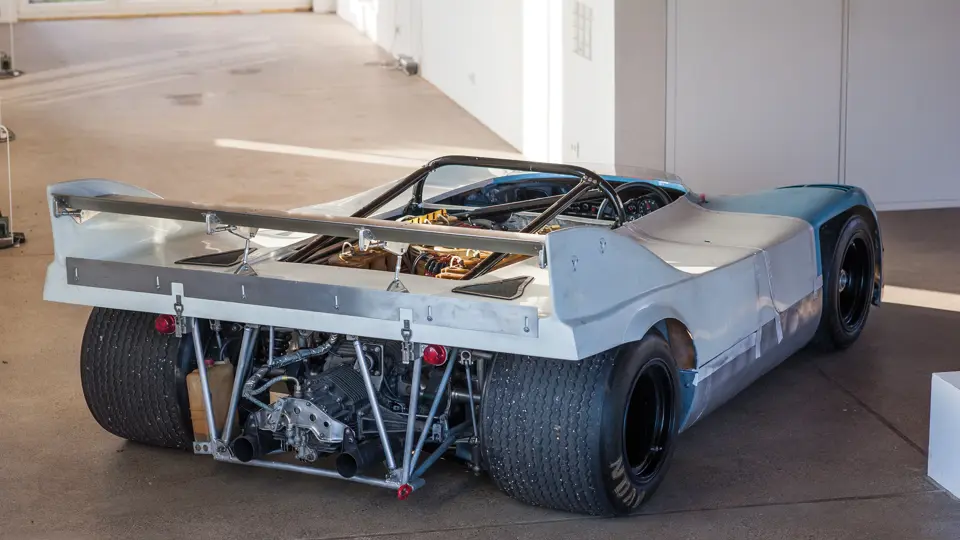




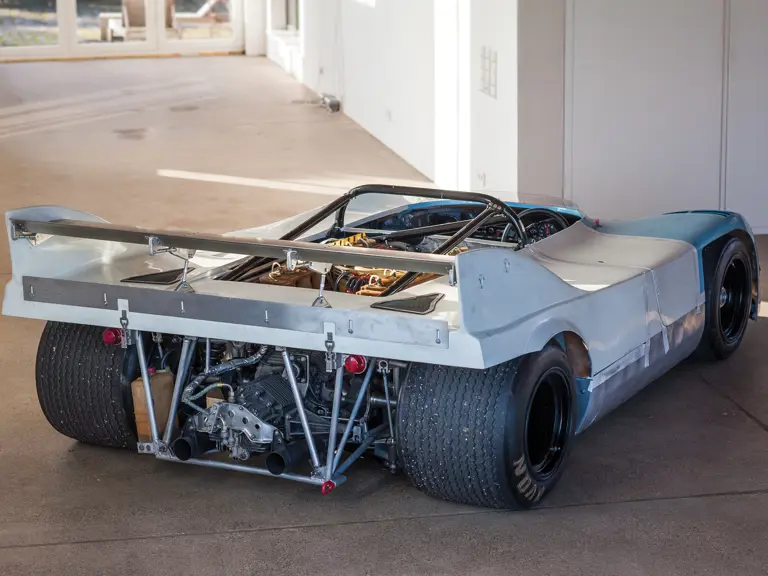
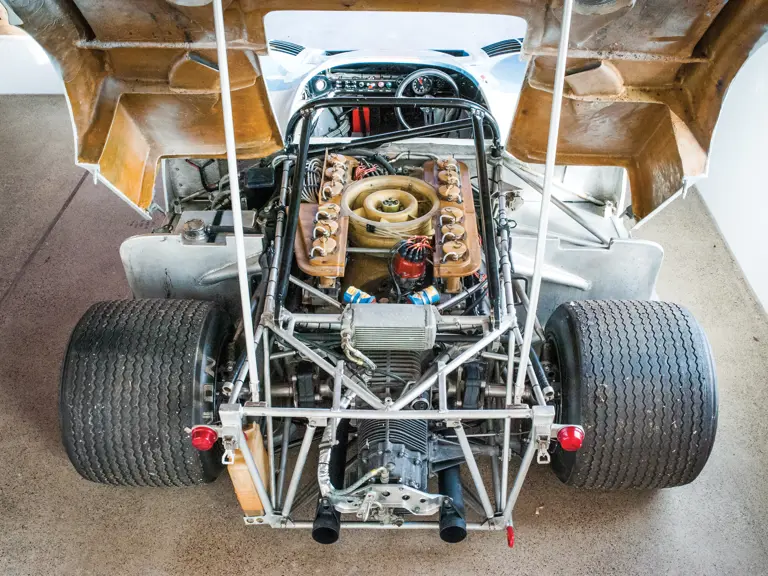
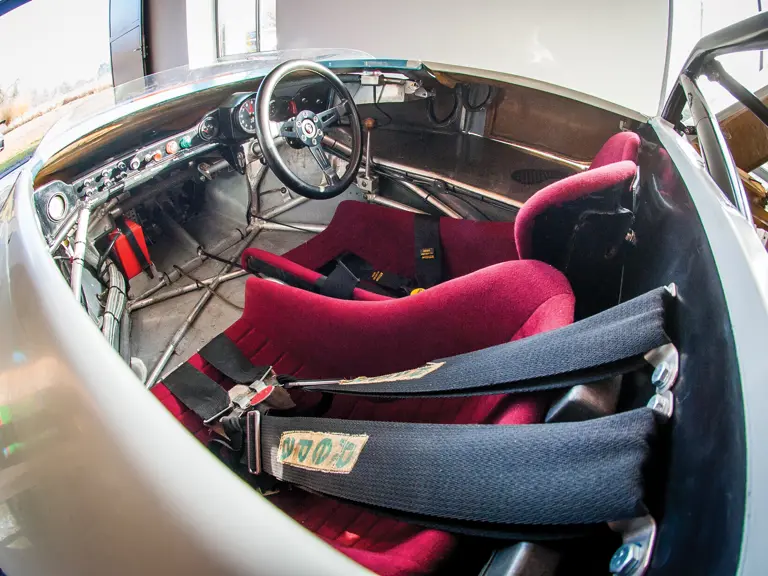
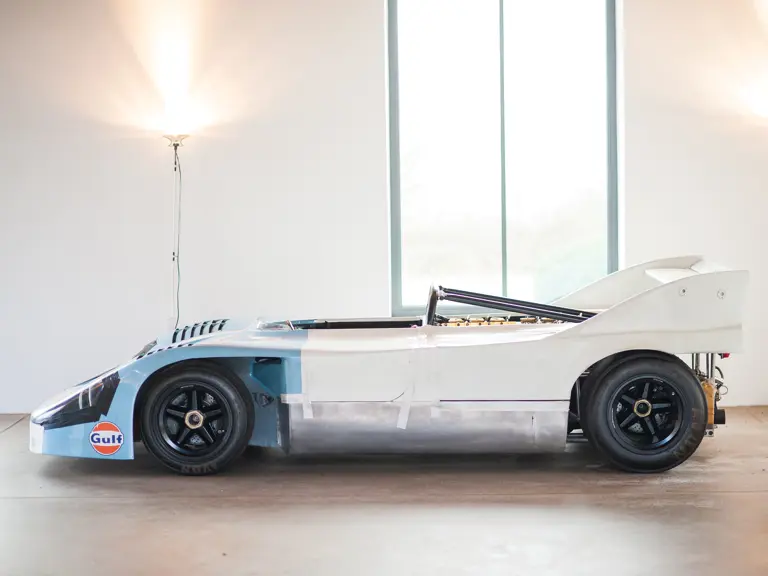
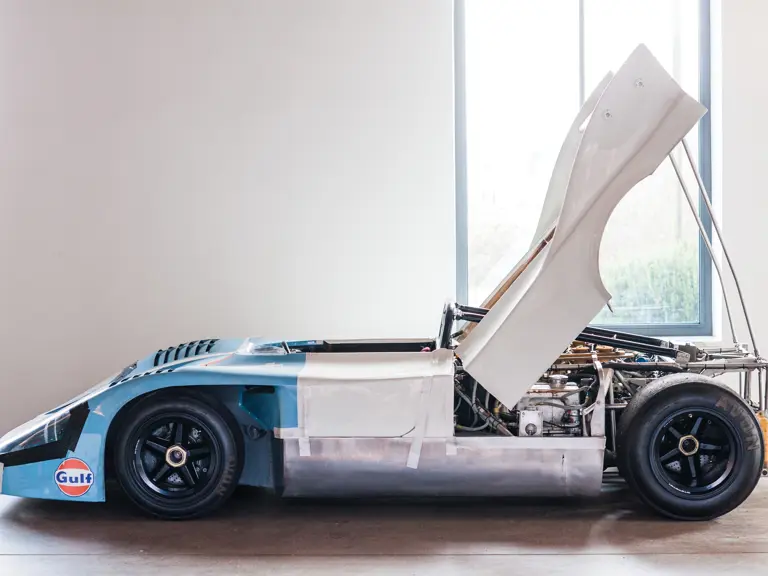


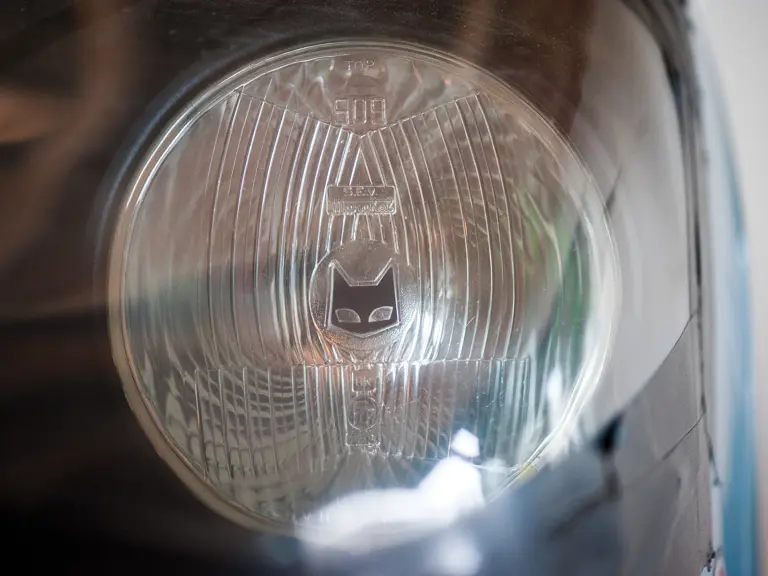
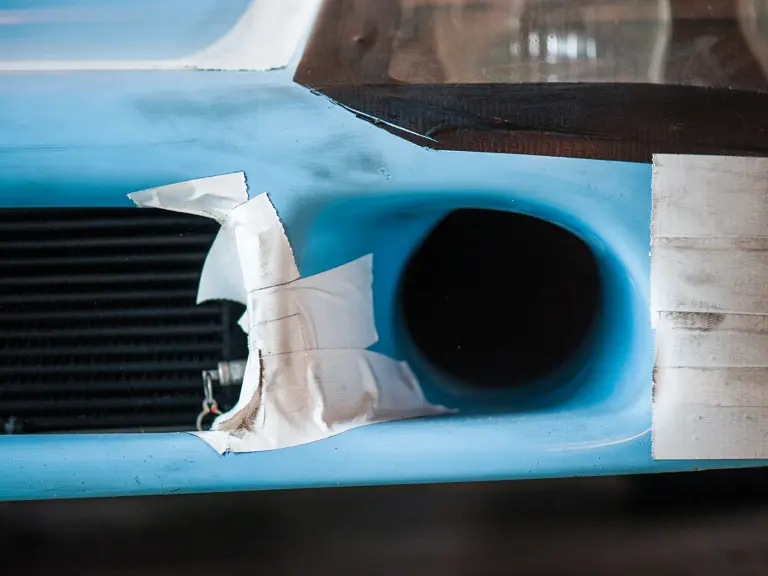
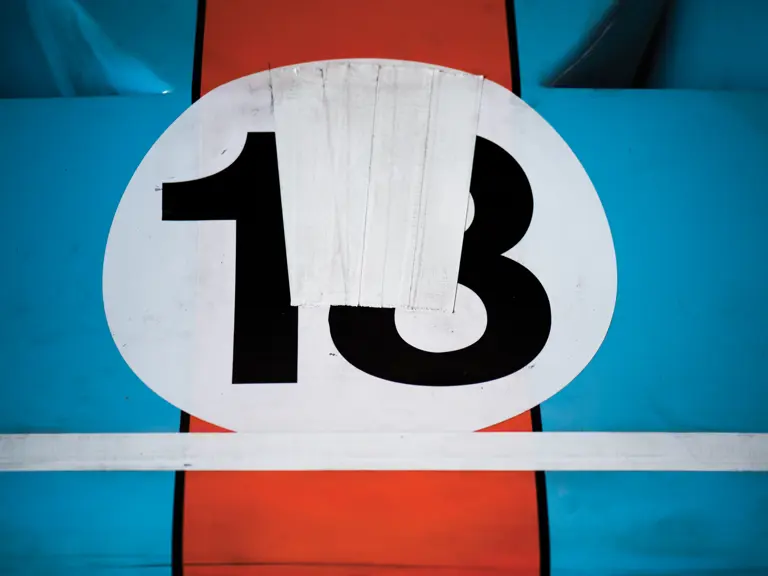

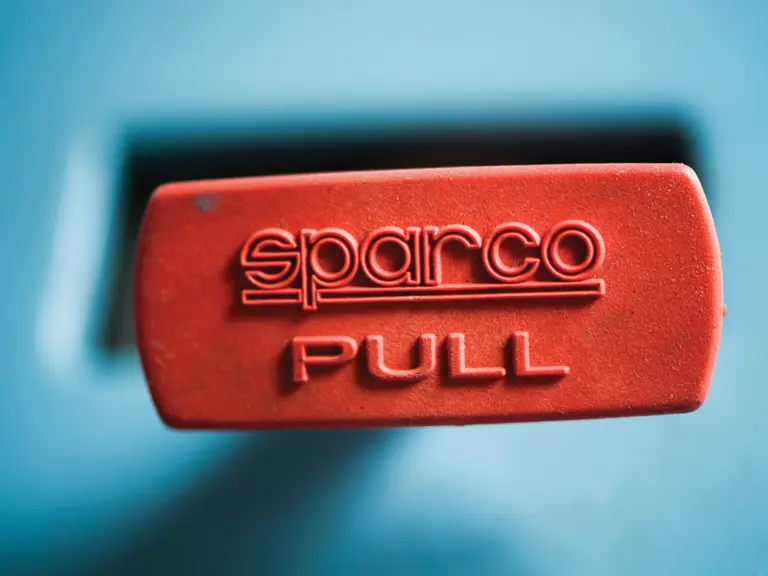
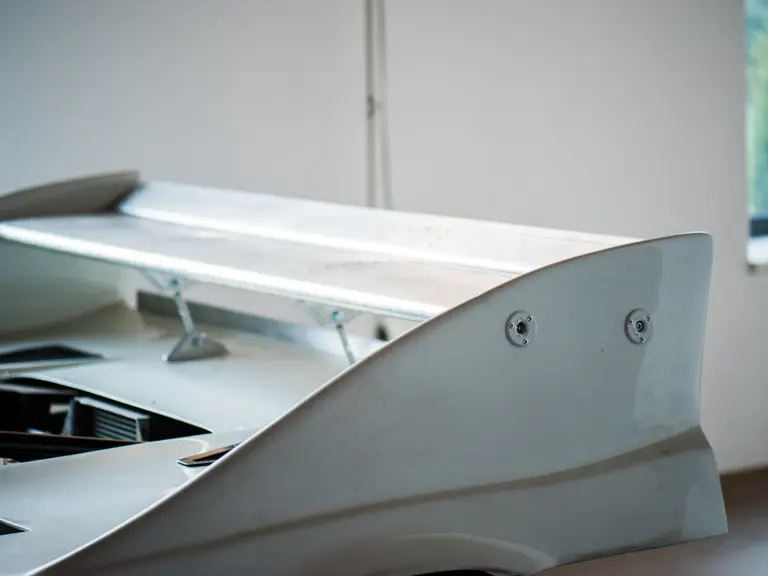

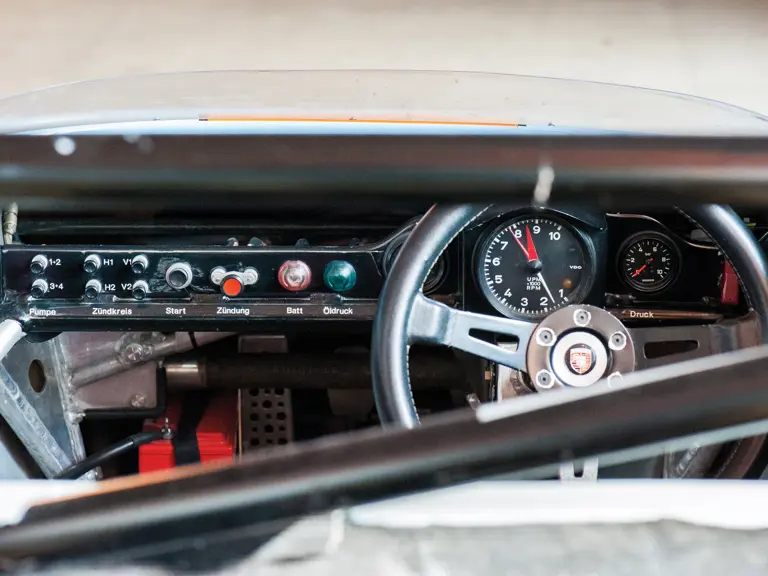
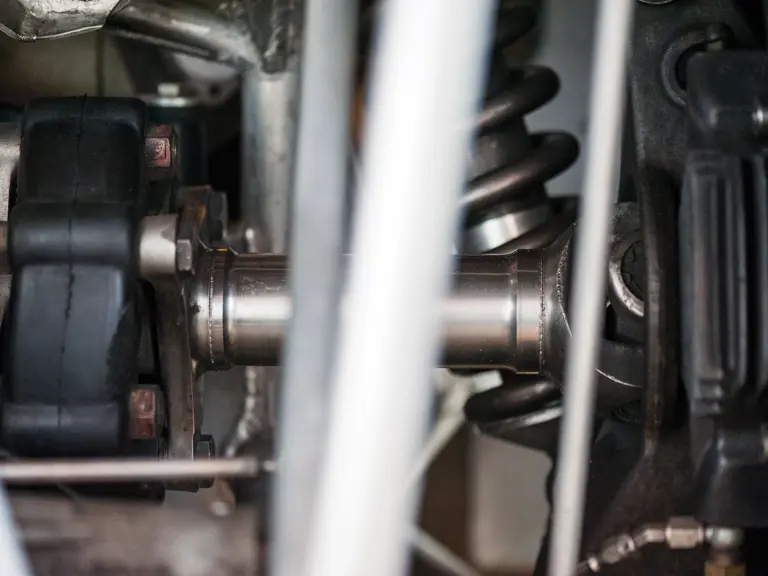
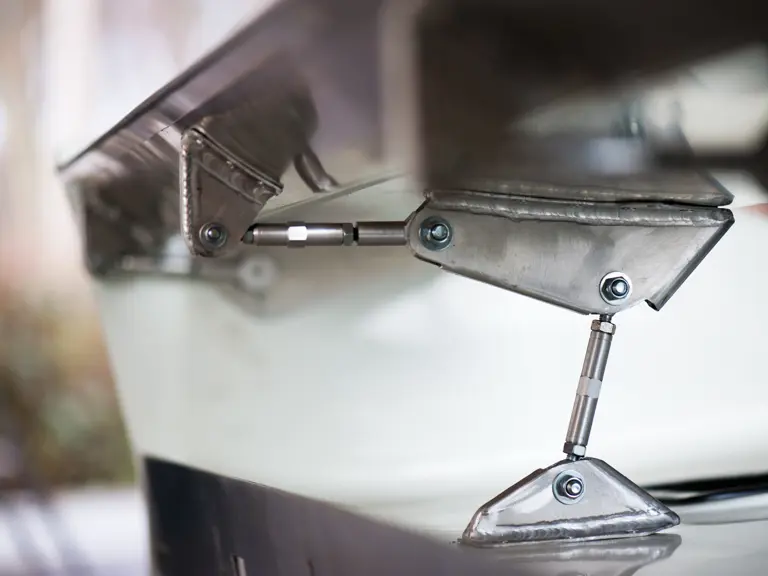
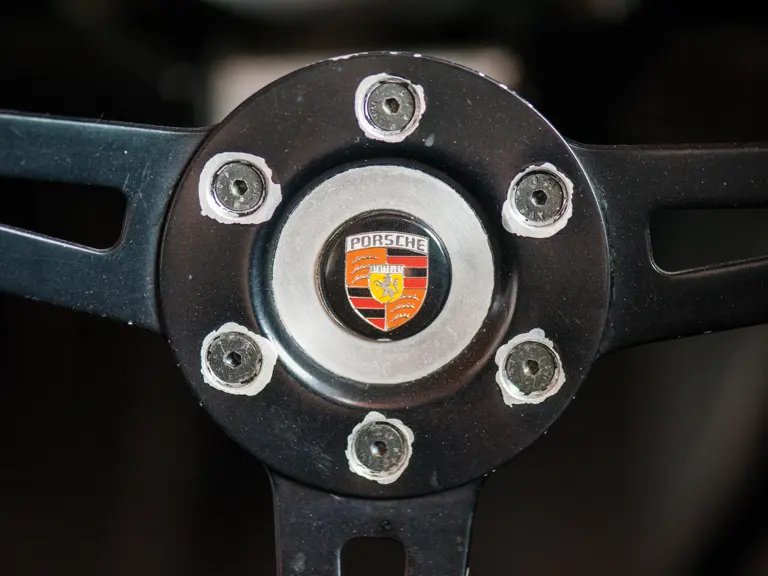

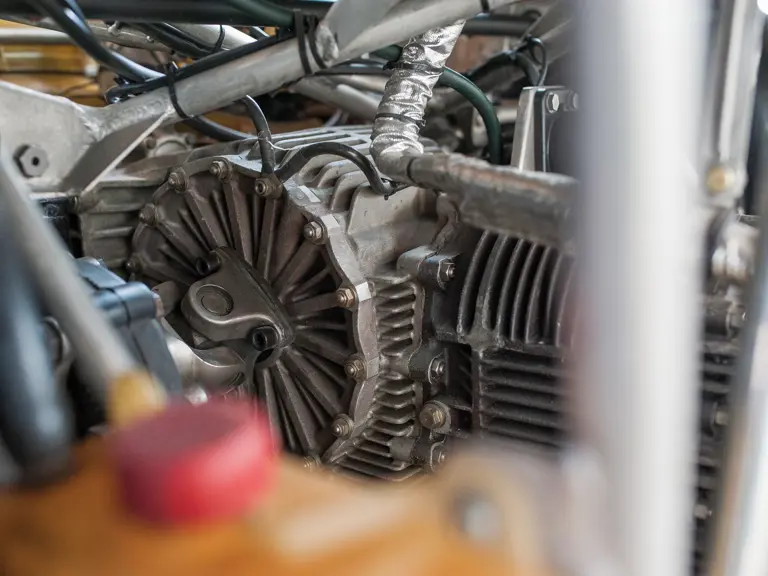

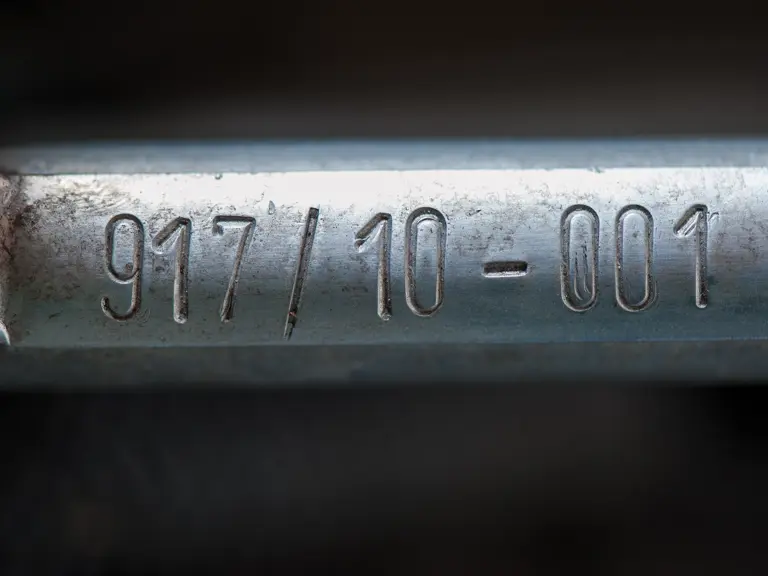
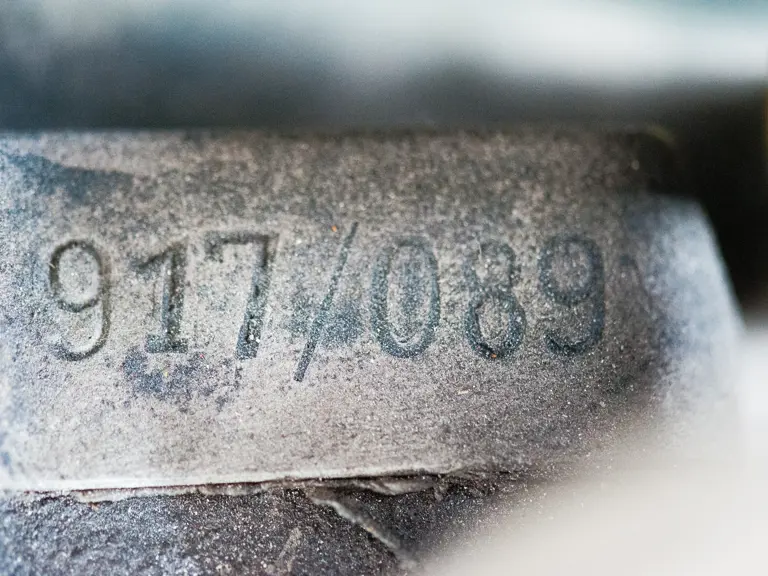
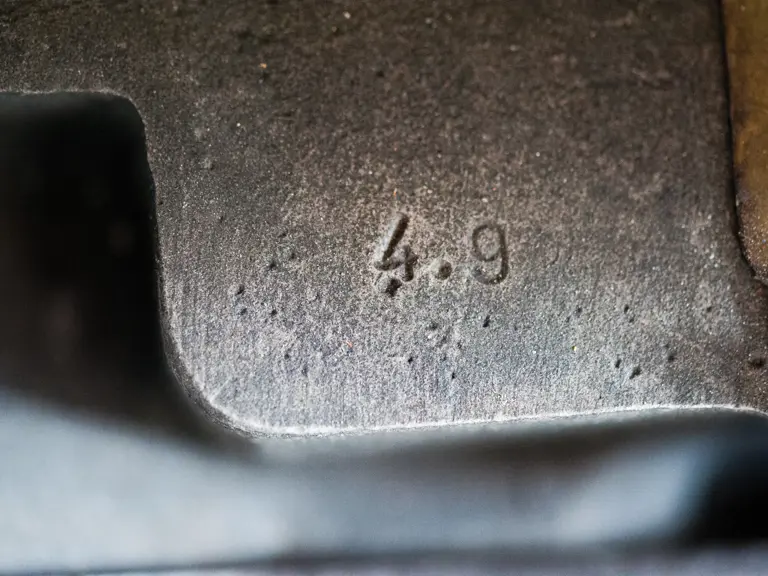

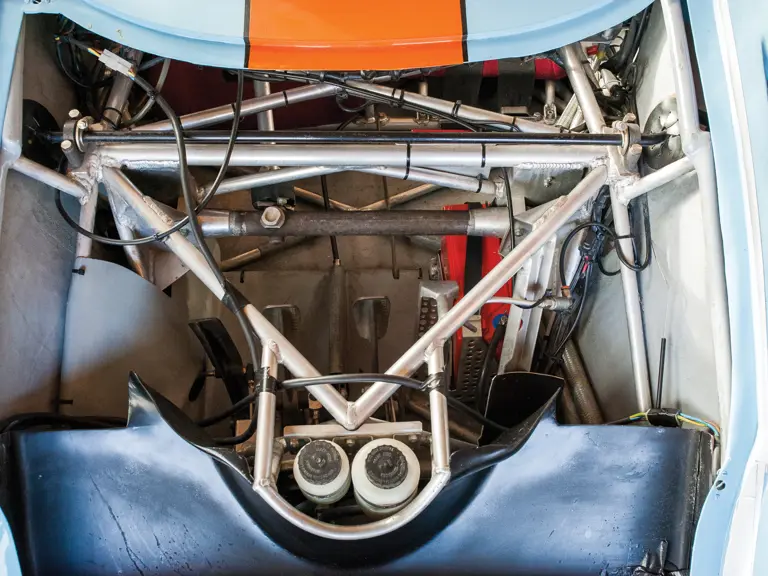
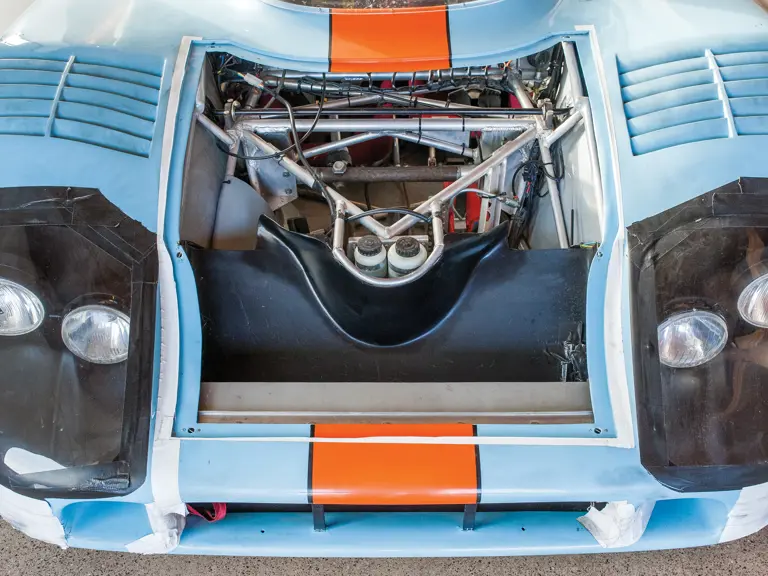

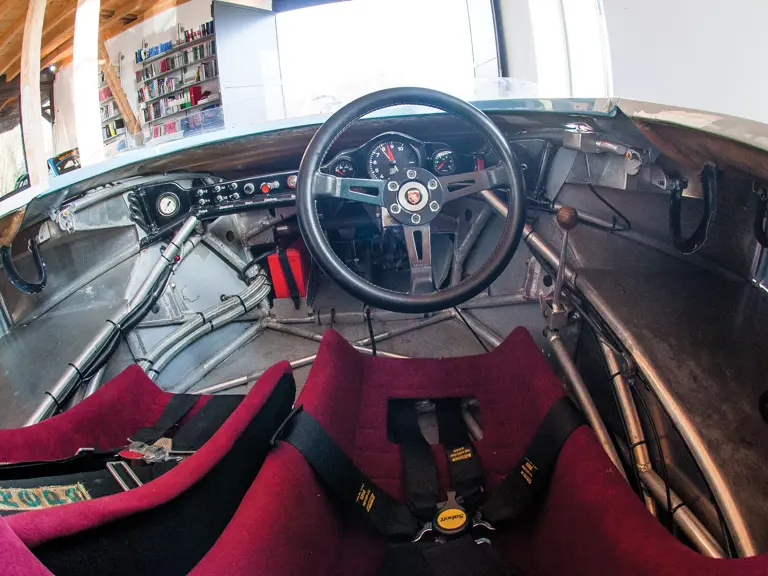
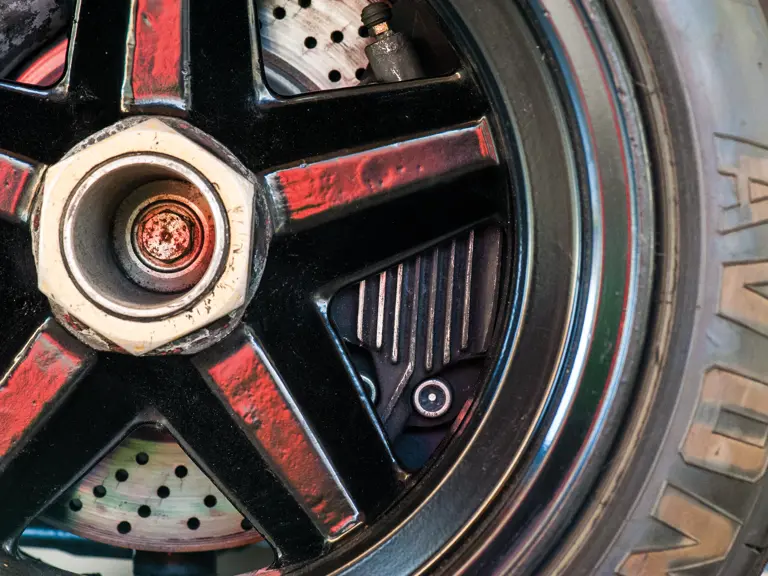
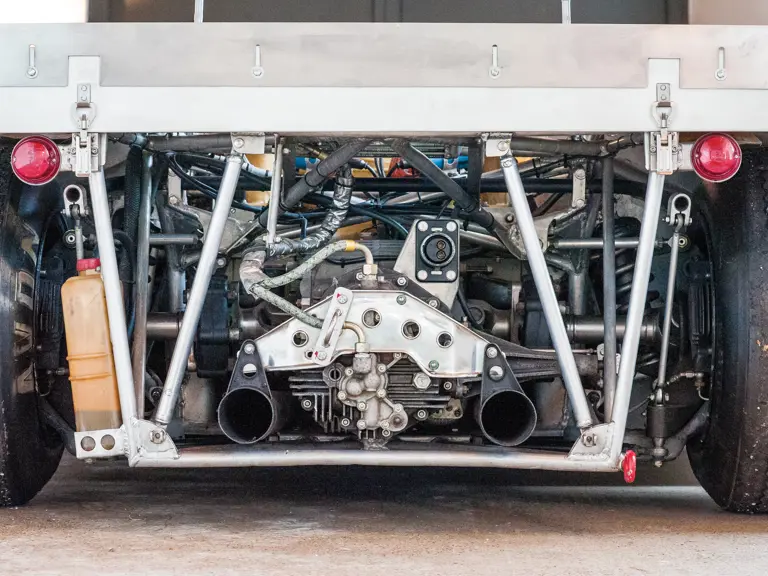

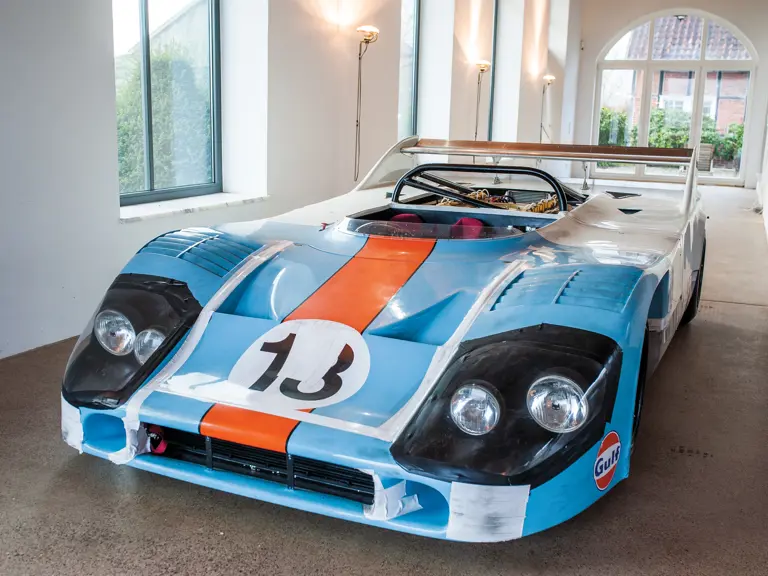

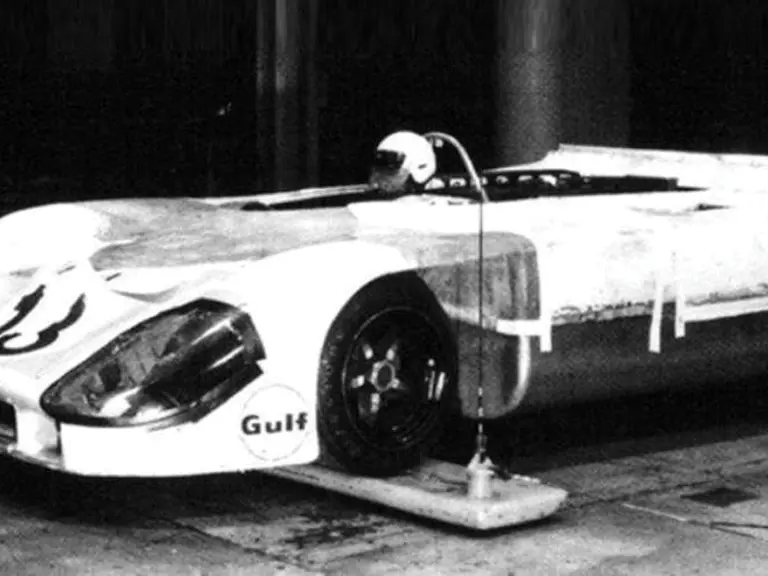
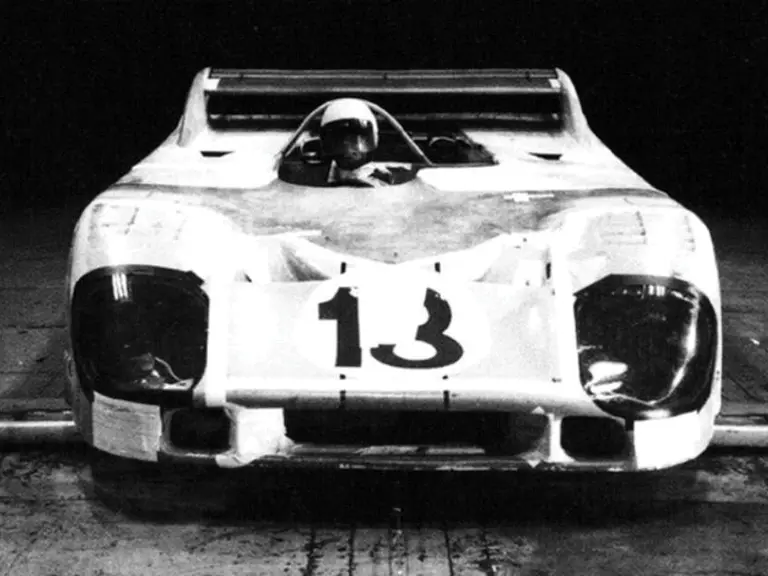
 | Paris, France
| Paris, France
